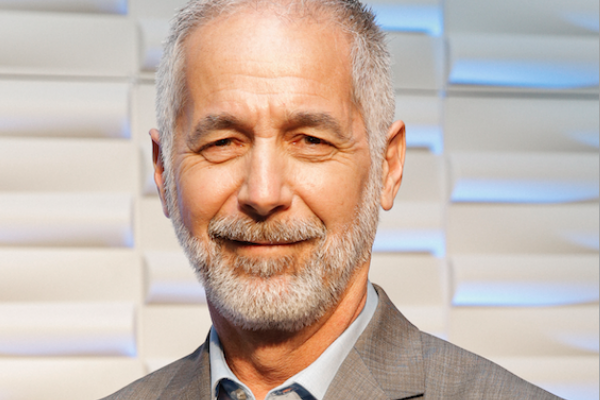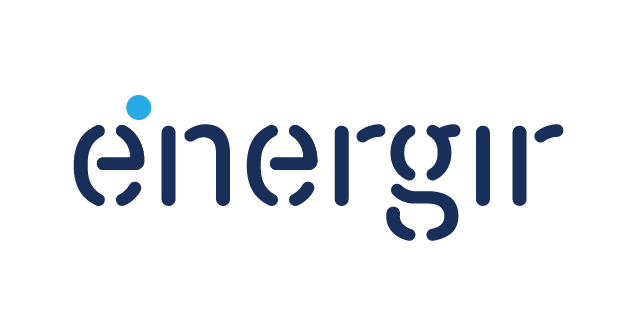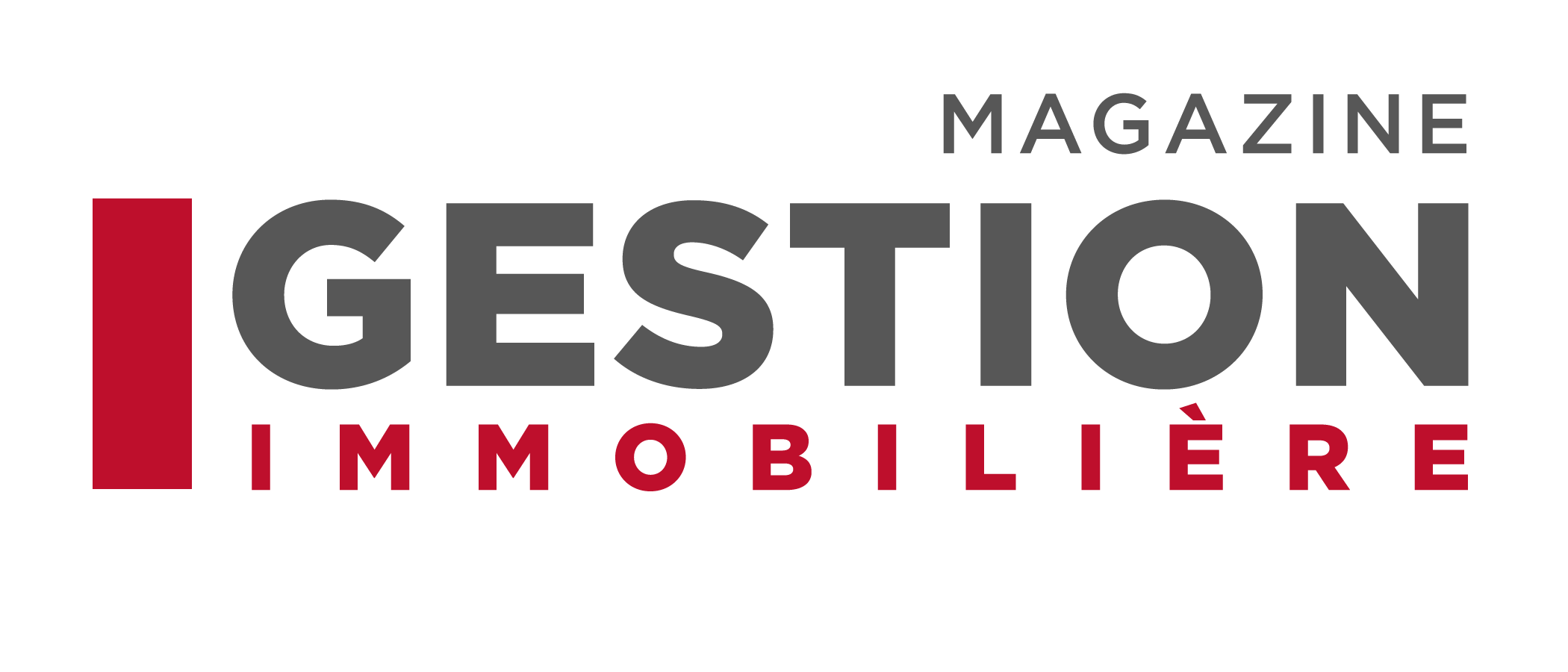This past February 28th was an important day for the Building Energy Challenge. Why? It was the deadline for the compilation of participants’ 2018–2019 energy data results to determine their eligibility for the competitive component of the BEC.
As with all competitions, the results must be recorded to establish the rankings and determine the winners. The time has come. You’ve done your homework, and we’ll do ours. Mark your calendars for May 6, 2020—we’ll be waiting for you at the 2nd annual awards night! It’s an event you don’t want to miss, an opportunity to take stock of the situation and to acknowledge those who have dared to take risks, the hard workers, and industry leaders, as well as those who’ve jumped on the bandwagon and believe in the cause but don’t yet have what it takes to compete. What matters is the results that motivate us to improve.
Because the Building Energy Challenge doesn’t stop with awards. 2020 is well underway and winter has been kind to us so far. Everything can change, but if the trend continues, you may find that you have budget surpluses in your buildings’ energy accounts. Remember that if you record your energy data and track it monthly, you’ll be able to anticipate surpluses and develop an action plan to improve your energy performance track record. That’s healthy management. Think recommissioning, audits, control sequence improvements, balancing, and replacing inefficient components—easy things you can do to improve your buildings’ energy management.
Making improvements takes knowledge, education and creativity. Many of you have already participated in our trainings. Well done! We believe in them and are working on new themes and approaches to energy management and greenhouses gas reductions.
We appreciate your comments on your daily reality and obstacles, as we’re always looking to improve the support and tools we offer to participants.
In fact, a major project is currently underway to try to obtain an automated solution from our two major energy suppliers so that energy data can be transferred directly from your bill to the Energy Star Portfolio Manager. We know it can be done since others are already doing it. Even though Hydro-Québec and Énergir offer extraordinary web portals allowing you to track your consumption, costs, and so on, it would be even more efficient to leverage a combination of your energy profile on the ESPM, which gives you access to benchmarking and allows you to avoid duplicating your tasks for LEED or BOMA BEST® certification. Others before us have worked toward this, but now the circumstances are in our favour. A team has been created for this purpose and we’re actively working on the project.
What about you? What are your energy projects for 2020 and how are they coming along?
Tell us about your experience! We’d love to hear from you.
Mario Poirier
Program Director







